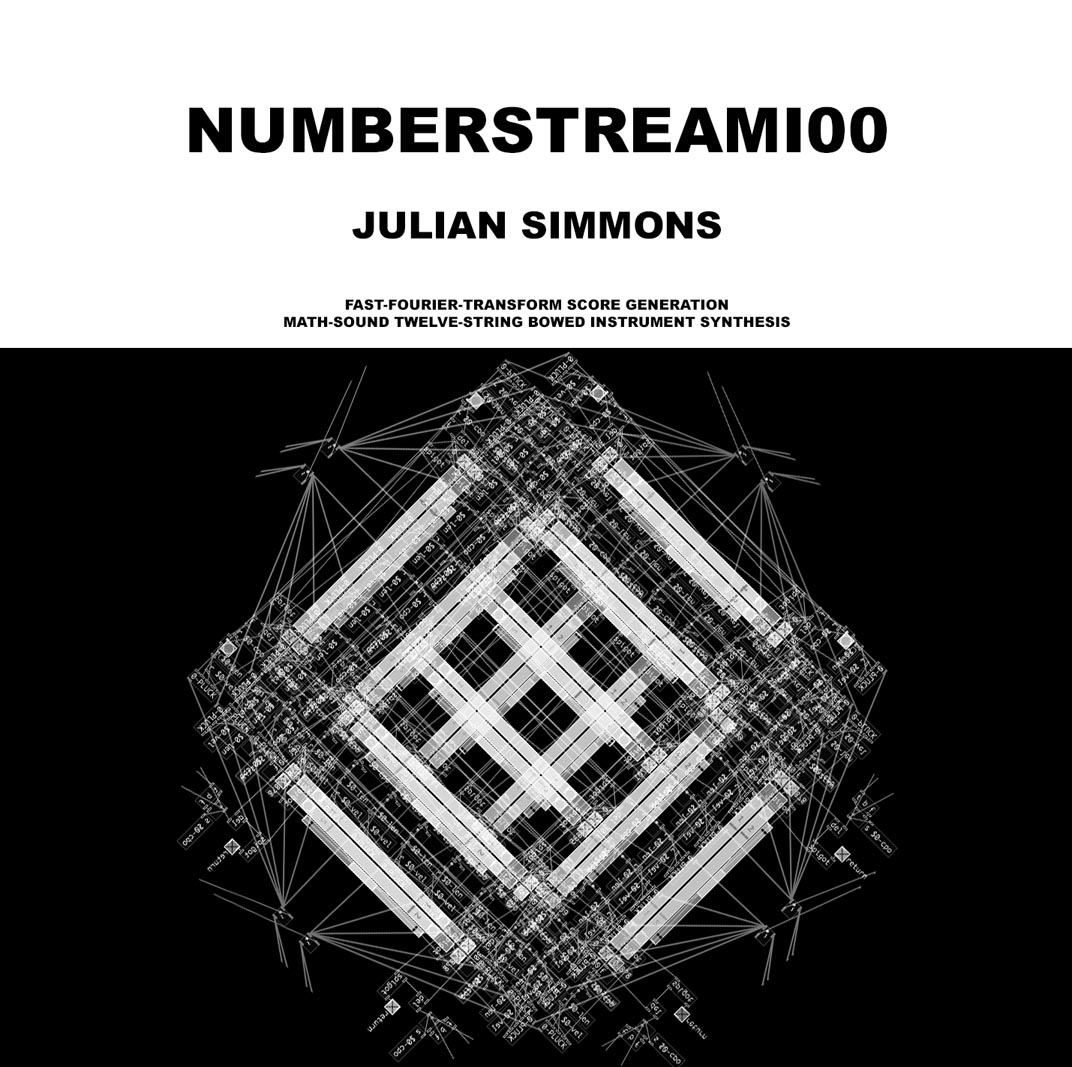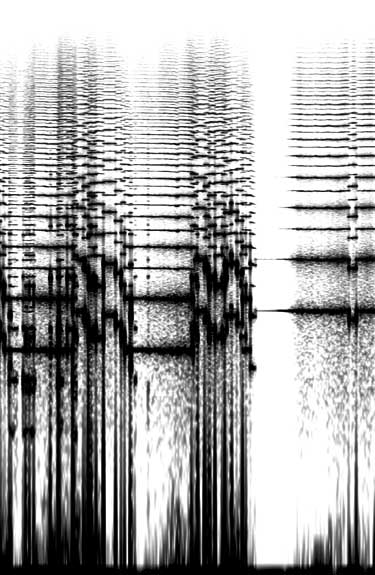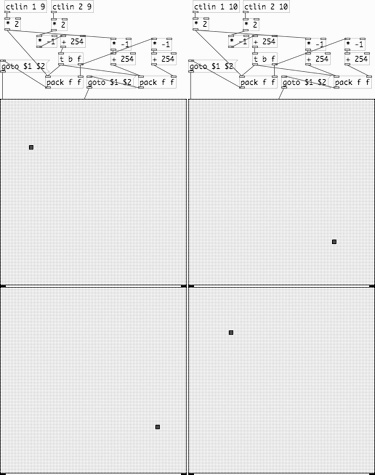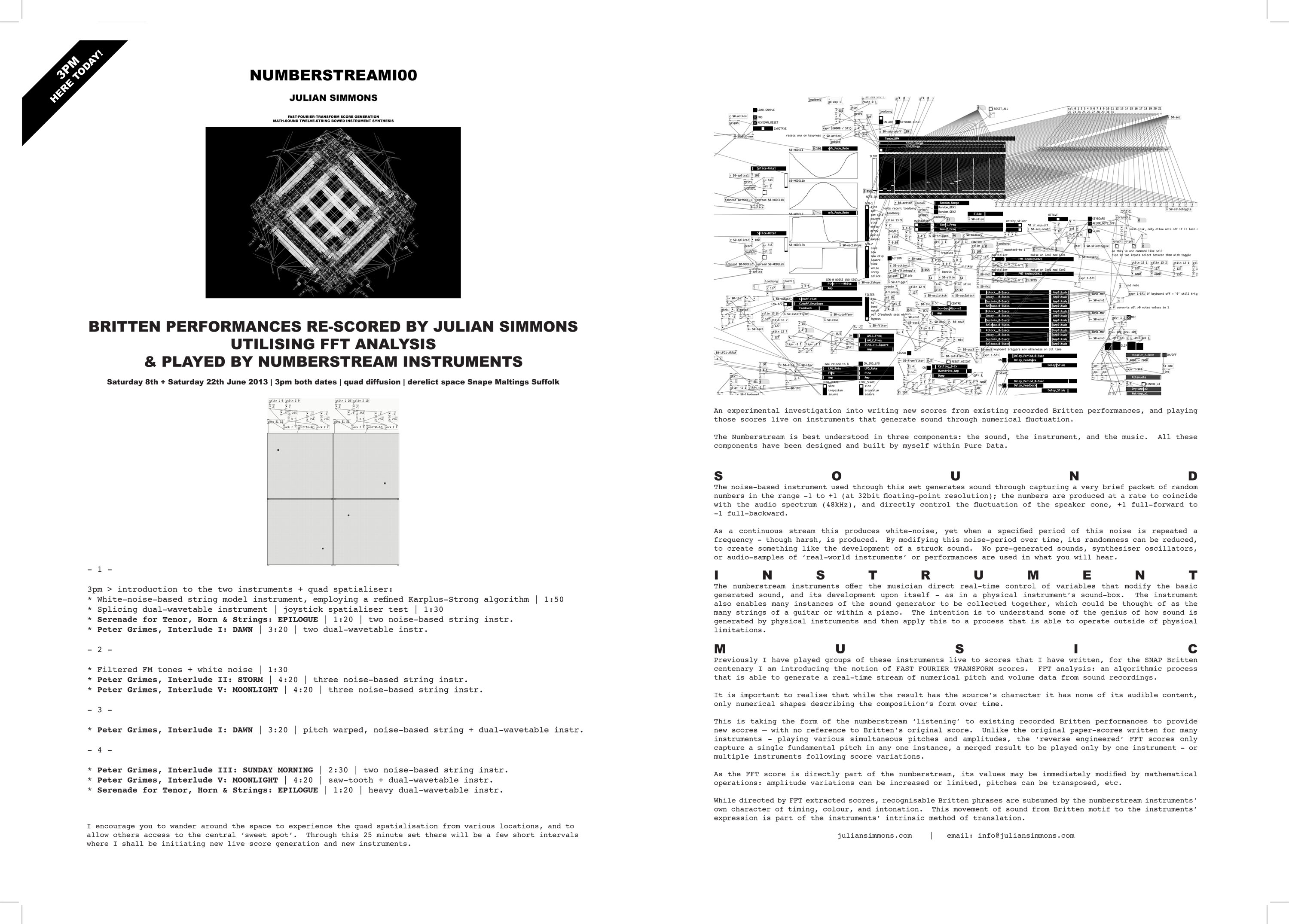 Electronic Britten Score Interpretations via Pure-Data Fast Fourier Transform, played with Pure-Data NUMBERSTREAM instruments within a 4-channel environment.
Electronic Britten Score Interpretations via Pure-Data Fast Fourier Transform, played with Pure-Data NUMBERSTREAM instruments within a 4-channel environment.
8 + 22 June 2013 live electronic surround-sound performance [3pm both dates, no ticket required] | outdoor derelict-space opposite Hoffmann Building, part of SNAP 2013, Aldeburgh Music, Snape Maltings, Suffolk, IP17 1SR | map | + quad speaker playback running from 9 – 30 June 2013 throughout the Benjamin Britten centenary Aldeburgh Festival.
Utilising Fast Fourier Transform analysis [FFT], fundamental frequencies extracted from existing recorded Britten performances provide new reverse-engineered scores; notating a musical score by digitally recognising audible changes in pitch & amplitude with no reference to the original score.
8 June 2013 live recording 5:14 [live recording, 4 > 2 channel, excerpt] **
Derelict-space live recording 8 June – captured by Russell Haswell on a Zoom H2 / List of BB works performed
Benjamin Britten FFT scores : Peter Grimes Interlude I, Dawn [ancient-Greek version]; Serenade for Horns Tenor & Strings, Epilogue [heavy version].
‘Accompanying Lucas’ sculptures is Julian Simmons’ dark and abstract work NUMBERSTREAM100 which reverberates around the space, omnipresent and powerful. The sound purples and shimmers like a darkening bruise, deliciously discordant and completely immersive.’ The Journal of Wild Culture.
SoundCloud (Set 1) 7:41 [line-out recording, 12 June 2013]
2-channel mix of this 4-channel performance may produce greater than stereo dimensions through unusual (joystick-controlled) phase additions, be sensitive to the extra 3D push and pull on your ear-drums!
0:00 Pure Numberstream | Noise-based string-model instr.
1:58 FFT: Benjamin Britten – Serenade for Tenor, Horns & Strings, Epilogue | Two noise-based string instr.**
3:06 Pure Numberstream | Dual-rotor helicopter modelling + extreme quad spatialisation | White-noise + Splicing dual-wavetable instr.
4:05 FFT: Benjamin Britten – Peter Grimes, Interlude I, Dawn | Two dual-wavetable instr.**
** on-the-fly FFT frequency detection from the Britten performances applied directly to NUMBERSTREAM instruments does result in ‘untuned’ discordance – this has been retained uncorrected. Those who are familiar with these Britten works will hear his motifs within the FFT translation, though heard somewhat warped.
‘In another abandoned rural industrial space Sarah Lucas’s two giant cock sculptures Eros and Priapus lie surrounded by the rusted machine detritus that once powered the Maltings. They’re oddly mirrored by two Morris Minors, once sky blue but now caked in filth. This is also site for Julian Simmons’s Numberstream100, where he rescores parts of Britten’s opera Peter Grimes “utilising FFT analysis” and quad diffusion. On paper, with its mention of “employing a Karplus-Strong algorithm”, this might appear intimidating. The result, though, is a tad prog-rock, at moments more reminiscent of TOMITA and his mucking about with the classics than the Britten music Simmons has rescored.‘ The Wire Magazine | August 2013 | Issue 354


: 60 seconds of a live-visual Numberstream FFT Britten score. Twin dark central bands – two instruments playing an octave apart, and fading up to around 22050Hz their many higher-pitch partial frequencies.
Britten’s original scores written for many instruments and voices here in the extracted re-scorings provide a merged result to be played by a single instrument, or multiple instruments following score variations. The result has the performance’s character yet none of its audible content, only numerical shapes describing the composition’s form over time.
Simmons’ eerie sound piece ‘Numberstream100’ plays in the building where Lucas’s works are installed. At the heart of the piece is a program, designed by Simmons, that creates sounds from streams of numbers; in this case those numbers are generated by analysis of pitch and amplitude, in recordings of Britten’s music. “I’m not using pre-recorded sounds or sounds generated from a synthesiser,” he explains, “and none of the sounds from the Britten pieces are coming through, only its information”. There is more sound art and music in this year’s show – which both connects Snap to the main festival and gives it greater fluidity. The clicking and snapping of Drew’s video soundtrack mingles with Simmons’ discordant notes. Financial Times 7 June 2013.
 Analogue joysticks are employed as quadraphonic panners [a method of control first heard with Pink Floyd’s Azimuth Co-ordinator, in a concert at the Queen Elizabeth Hall on 12 May 1967].
Analogue joysticks are employed as quadraphonic panners [a method of control first heard with Pink Floyd’s Azimuth Co-ordinator, in a concert at the Queen Elizabeth Hall on 12 May 1967].
The Numberstream 4-channel output is optimised to increase distance through adding movement within each speaker (each channel contains a duplicate of itself moved temporally back and forth) and between speakers in two distinct directions – left & right channels (long continuous-feedback offset) and front & rear channels (single short offset), in all generating a greater width, and a warm heavy sonic environment. The diffusion is intrinsic to the instruments – its their math – their space.
 Employing a custom spatial speaker arrangement to maximise both radial sound positioning and spatial distance, with only 4-speakers.
Employing a custom spatial speaker arrangement to maximise both radial sound positioning and spatial distance, with only 4-speakers.
Instead of an equidistant four-cornered quad arrangement, two of the diagonally opposed speakers have been brought closer to the central listening space, and the remaining opposed speakers placed further afield ..a cross rather than a square. Shifting technically accepted parameters this is also a projection of the Numberstream ethos, progression from basic sound generation ..to flow composition ..to spatial diffusion – throughout in experimental terms. Surround-sound here is also an experiment in proximity-sound, an ongoing development in non-standard speaker positioning.
In a line-test one of the guys who provided and rigged the speakers remarked that the effect was pretty much unique, only ever hearing it before within a volcanic crater ..sound reflecting back from its amphitheatre sides ..a large, open and elevating space, yet one that’s inescapably walled in!
“Would Britten have liked SNAP? ..my guess is probably not,
would he therefore think that it shouldn’t be part of Aldeburgh festival? ..I’m pretty sure he would say it should be part of the Aldeburgh festival”, Jonathan Reekie.




SNAP 2013 artists:
Glenn Brown | May Cornet | Benedict Drew | Roger Eno | Mark Fuller | Ryan Gander | Maggi Hambling | Scott King | Abigail Lane | Simon Liddiment | Sarah Lucas | Emily Richardson | Julian Simmons | Cally Spooner | Juergen Teller | Cerith Wyn Evans
Further details of SNAP 2013: